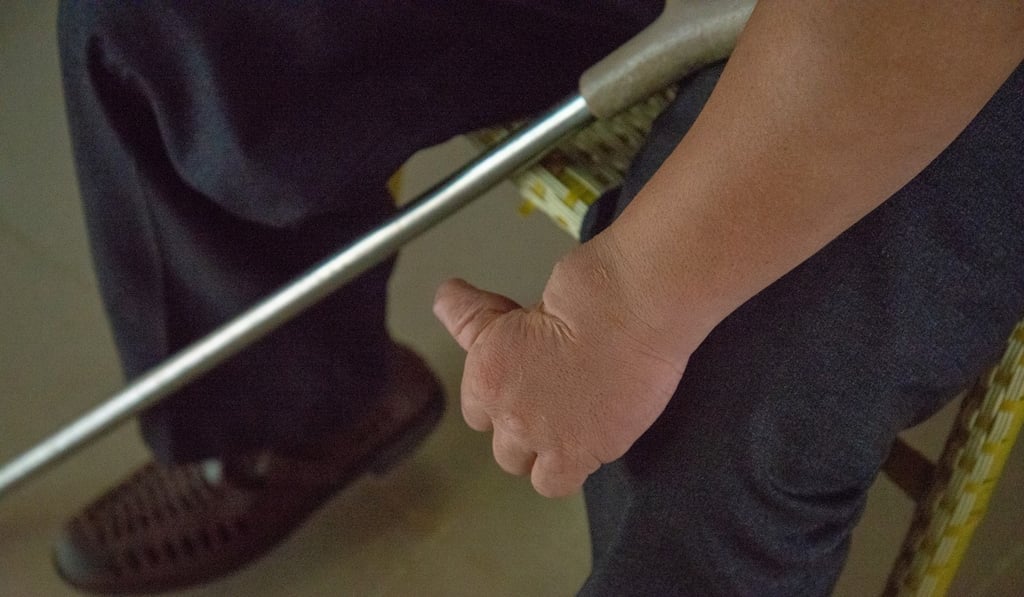Advertisement
Vietnam war: 44 years on, birth defects from America’s Agent Orange are increasing
- Infants are still being born with birth defects linked to a toxic herbicide used by the US military to weed out Viet Cong fighters
- Environmentalists say the country could see six to 12 more generations of victims, but US courts are so far not satisfied with evidence indicating a link
Reading Time:7 minutes
Why you can trust SCMP
17

A car honks, shattering the evening silence of this village in the rural Cam Lo district of Vietnam’s Quang Tri province.
The noise sets off the Mai family’s pet dog, who sprints to the front of the cement-walled house, barking heartily.
In the living room, brothers Mai Cong Truyen, 11, Mai Cong Khoa, eight, and Mai Cong Tun, four, remain motionless, though they seem momentarily confused by the sudden buzz.
Advertisement
All three were born deaf – and doctors have laid the blame on the lingering effects of Agent Orange, a toxic herbicide used by the United States military during the Vietnam war.

Advertisement
Although the war ended in 1975, there have been numerous cases of children born in Quang Tri with disabilities and deformities said to be linked to Agent Orange. Worryingly, they include infants born to healthy parents.
“We were confused because we do not have a family history of Agent Orange, and our parents were not veterans,” said the boys’ mother, Nguyen Thi Quynh, 33.
Advertisement
Select Voice
Choose your listening speed
Get through articles 2x faster
1.25x
250 WPM
Slow
Average
Fast
1.25x